Neoseiulus californicus
- Plastic container -125,000 individuals
-
Used to control:
✅ Two-spotted spider mite (Tetranychus urticae);
✅ Red fruit mite (Panonychus ulmi);
✅ Citrus red mite (Panonynchus citri);
✅ Greenhouse transparent mite (Polyphagotarsonemus latus);
✅ Cyclamen mite (Tarsonemus pallidus).
Culture:
✅ Cucumber, pepper, berry crops, ornamental plants.
Package:
✅ Plastic container -125,000 individuals.
Adult females are approximately 0.1 mm long and oval in shape. Males are slightly smaller than females. Both males and females are translucent and can be pale orange, peach, or pink in color. N. californicus eggs are football-shaped, approximately 0.04 mm (0.00016 in) long and pale whitish in color. The larvae have 3 pairs of legs and are translucent in color. Both nymphal stages, protonymph and deutonymph, are similar to adults, except that they are smaller and cannot reproduce.
Effect of the temperature on development
| Development phase | Time of preimaginal development (days) at constant temperature °С | ||||
|---|---|---|---|---|---|
| 15 | 20 | 25 | 30 | 35 | |
| Egg | 6,07 | 2,24 | 1,61 | 1,23 | 1,14 |
| Larva | 2,71 | 0,97 | 0,78 | 0,53 | 0,5 |
| Protonymph | 5,68 | 1,71 | 1,44 | 1,1 | 1,11 |
| Deutonymph | 7,25 | 1,81 | 1,24 | 1,03 | 1,03 |
| In total | 21,71 | 6,73 | 5,07 | 3,89 | 3,78 |
Recommendations on applying
| Latin name of the bioagent | Prophylaxis | Doses by degree of infection | ||
|---|---|---|---|---|
| small | average | high | ||
| Neoseiulus californicus sachets | 0,25 пак/м2 | 0,5 пак/м2 | 1 пак/раст | |
| Neoseiulus californicus bran | 10 ос/м2 | 20 ос/м2 | 50 ос/м2 | |
| Frequency of application | once a month | in a week | weekly | |
Storage and transportation conditions Neoseiulus californicus
- Short-term storage: the accumulated biomaterial (adults and nymphs of a predatory mite) can be stored for no more than one day after receiving at low temperatures (8-12 °C) in a refrigerator.
- Plastic container 5L – contains 50,000 predatory mites and a small amount of food mites mixed with bran;
Package
✅ 5L bucket -125,000 individuals;
✅ 5L paper bag -125,000 individuals;
✅ 1L tube – 50,000 individuals;
✅ Sachet 150 individuals;
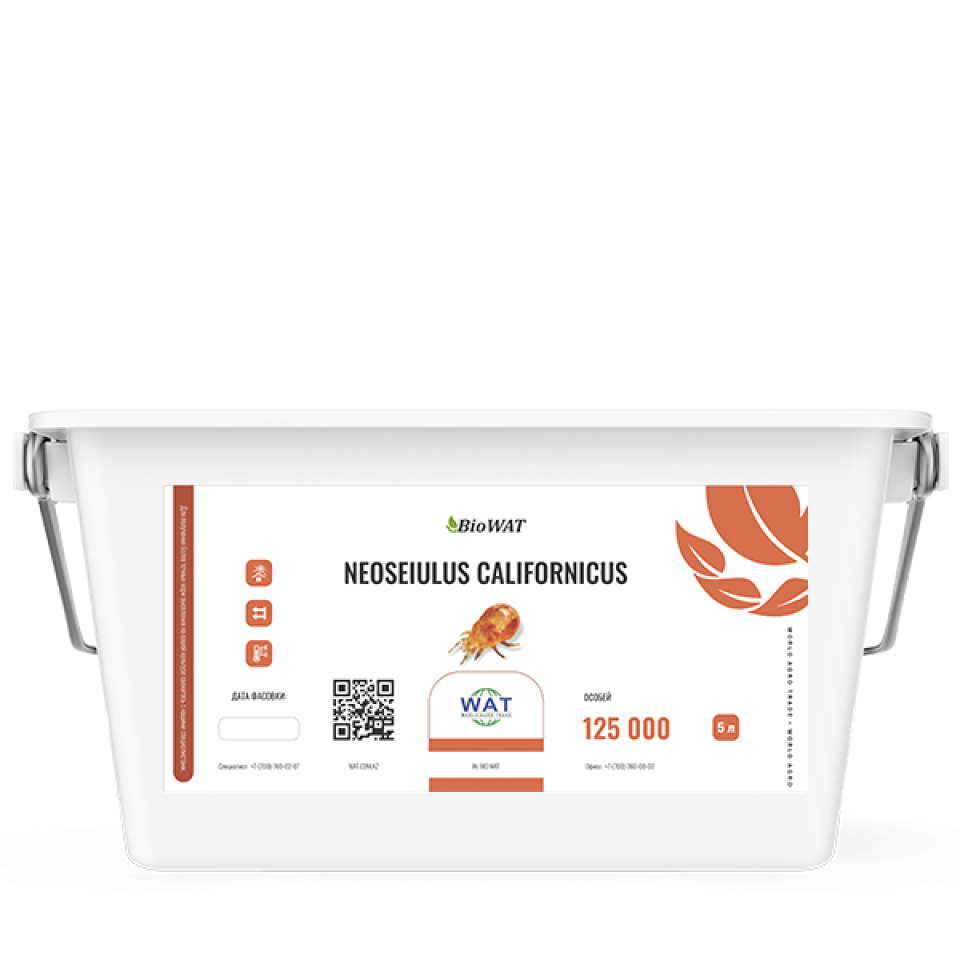
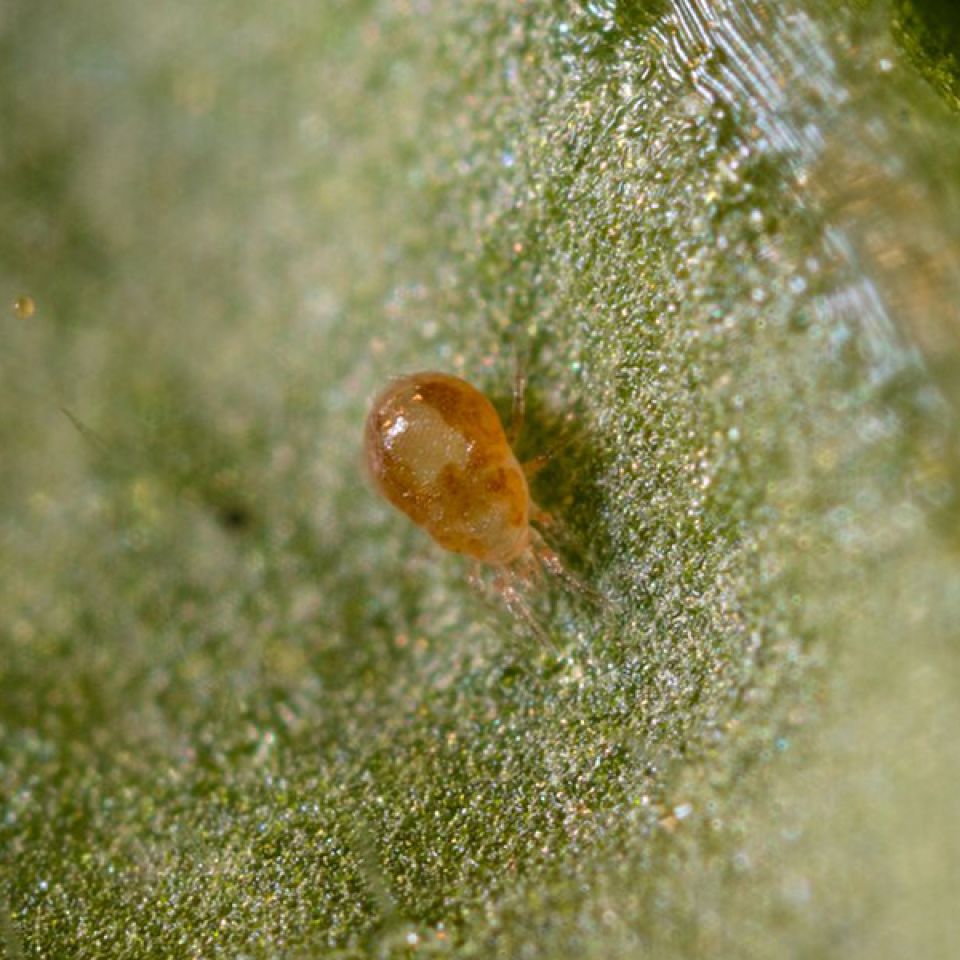
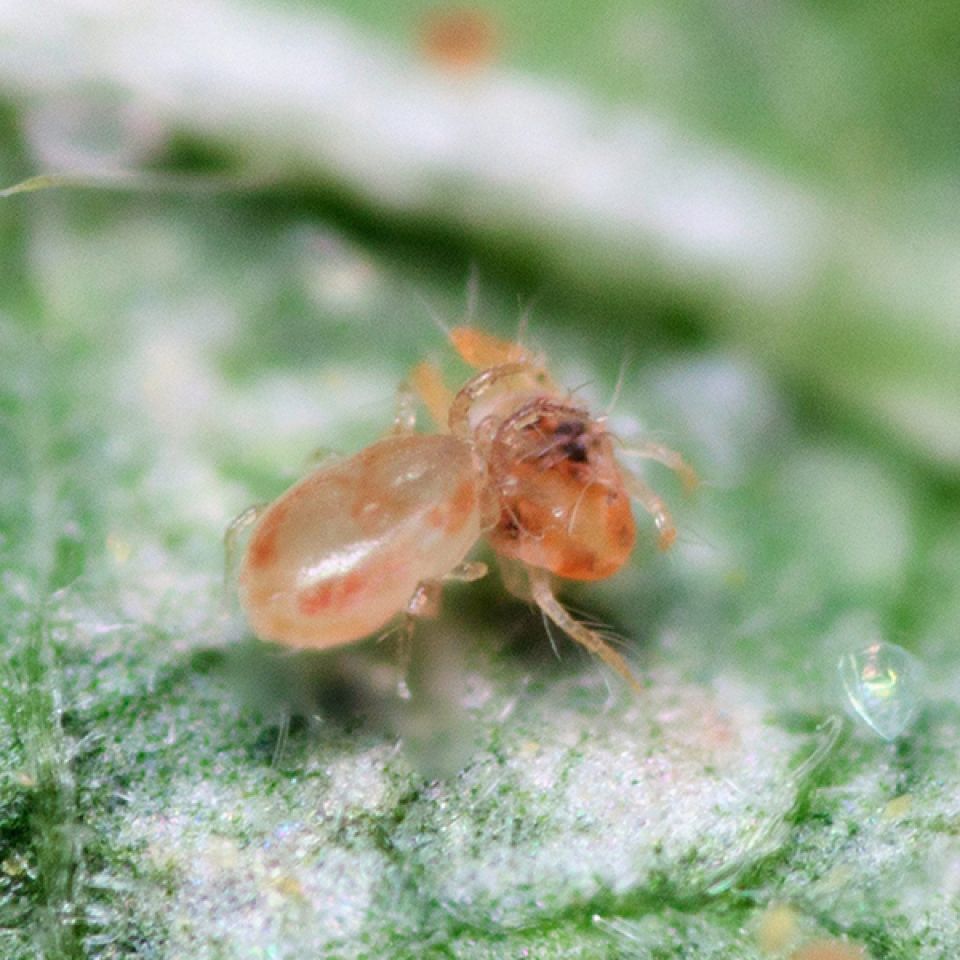
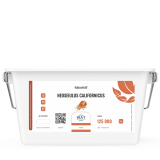
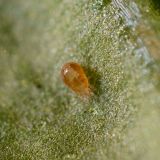
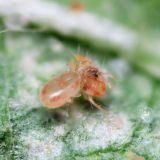
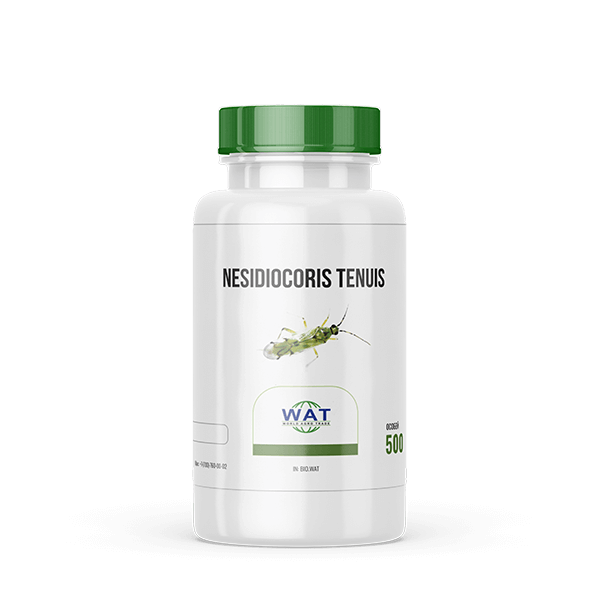
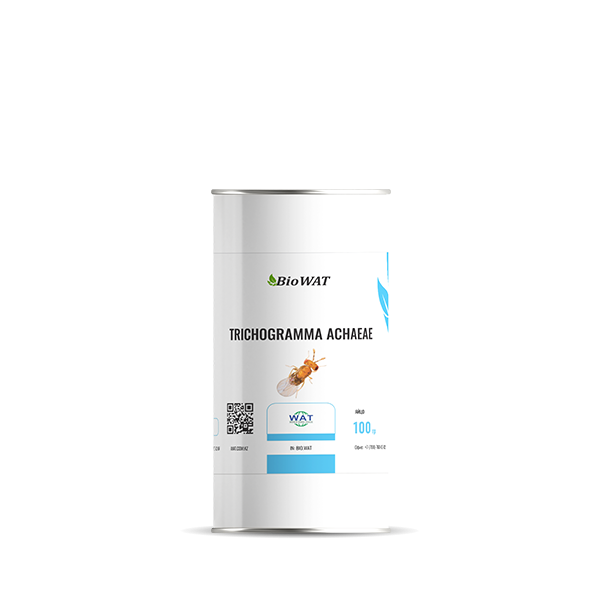
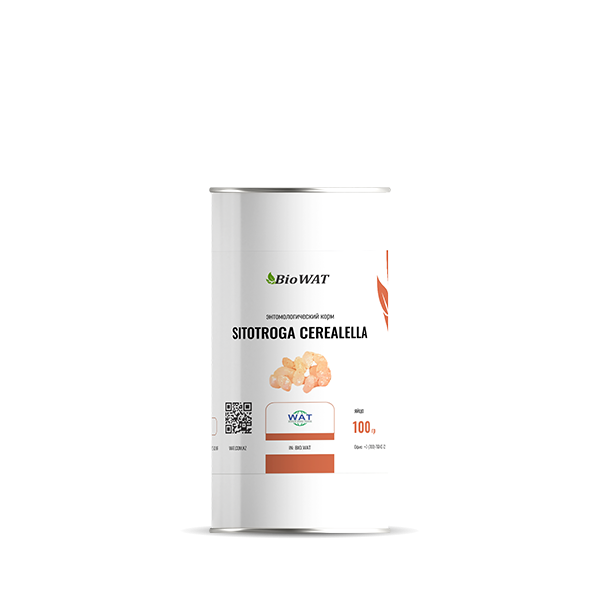
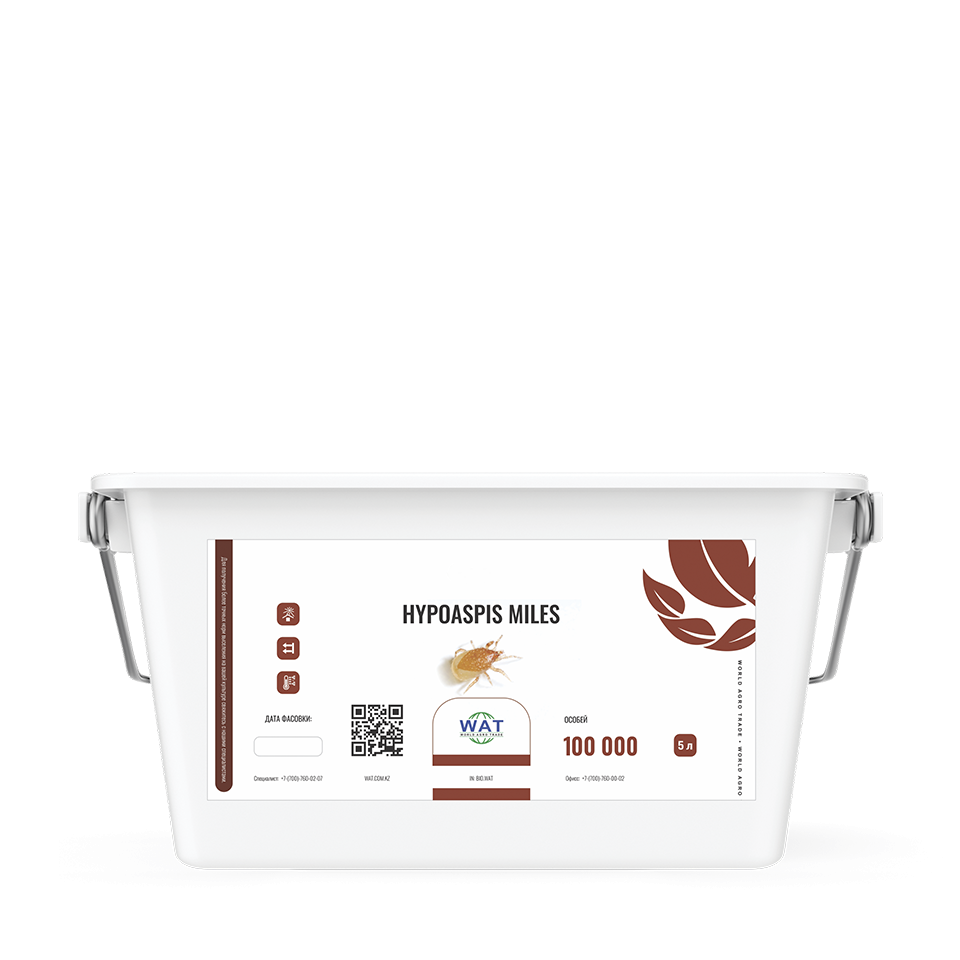
 WhatsApp
WhatsApp